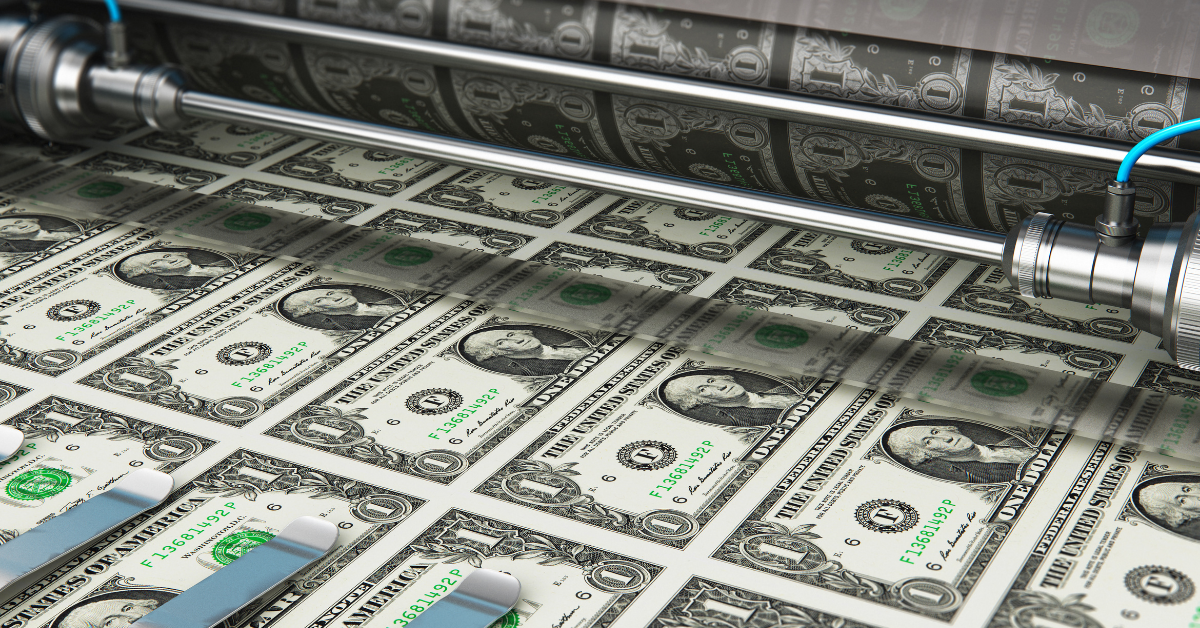How Is Tether (USDT) Different From the U.S. Dollar?
Stablecoins like Tether (USDT) are pegged to the U.S. dollar (USD). What's the difference between USD and USDT?
Oct. 11 2021, Published 7:46 a.m. ET

Ever since cryptocurrency rose to gain the attention of the masses, people are interested in learning more about it. Tether (USDT), an ERC-20 token, is one crypto that has captured a lot of interest, especially since it's pegged to the U.S.dollar (USD).
However, the U.S. dollar (USD) shouldn't be confused with USDT, despite their similar values. Here are the key differences between the two currencies.
What are stablecoins?
The blockchain and markets have introduced stablecoins, cryptocurrencies that, in many ways, function as digital dollars. Stablecoins were created with the assurance of being pegged to a fiat currency in a 1:1 ratio, and fluctuate in value to reflect their fiat currency. Stablecoins include USDT, USD coin (USDC), Dai (DAI), and Pax dollar (USDP). Some are more decentralized than others.

What are Tether (USDT) tokens?
Tether (USDT) tokens, "money built for the internet," are fiat-collateralized stablecoins. They offer people the advantages of transacting with blockchain-based assets while mitigating price risk. Founded in July 2014 by Brock Pierce, Craig Sellars, and Reeve Collins, Tether was originally known as "Realcoin."
Tether tokens were one of the earliest stablecoins created. They were built on Mastercoin (OMNI), which was a protocol layer for Bitcoin. USDT is now the most widely used stablecoin.

However, since its founding in 2014, Tether has been the subject of controversy due to the project's failure to provide audited financial statements that prove it has adequate reserves backing USDT. Stablecoins like USDT function as a cryptocurrency, which, in contrast to USD, does not need a bank for minting purposes.
The United States' opinion on a "digital dollar"
The Fed has been considering implementing its own digital dollar. However, according to Fed chairman Jerome Powell, the U.S. isn't rushing into releasing its own digital currency—especially because the matter has created some divide.

The Fed is currently weighing the benefits and disadvantages of implementing a digital dollar. Powell states it's "more important to do it right than do it fast." The upside to a digital dollar is that it's easier and cheaper to move money around, and it can provide financial services to those who are "unbanked."
However, a digital dollar operating through the Fed would mean consumers' data may not be as protected as in banks, since digital currencies operate on a public ledger, the blockchain.
